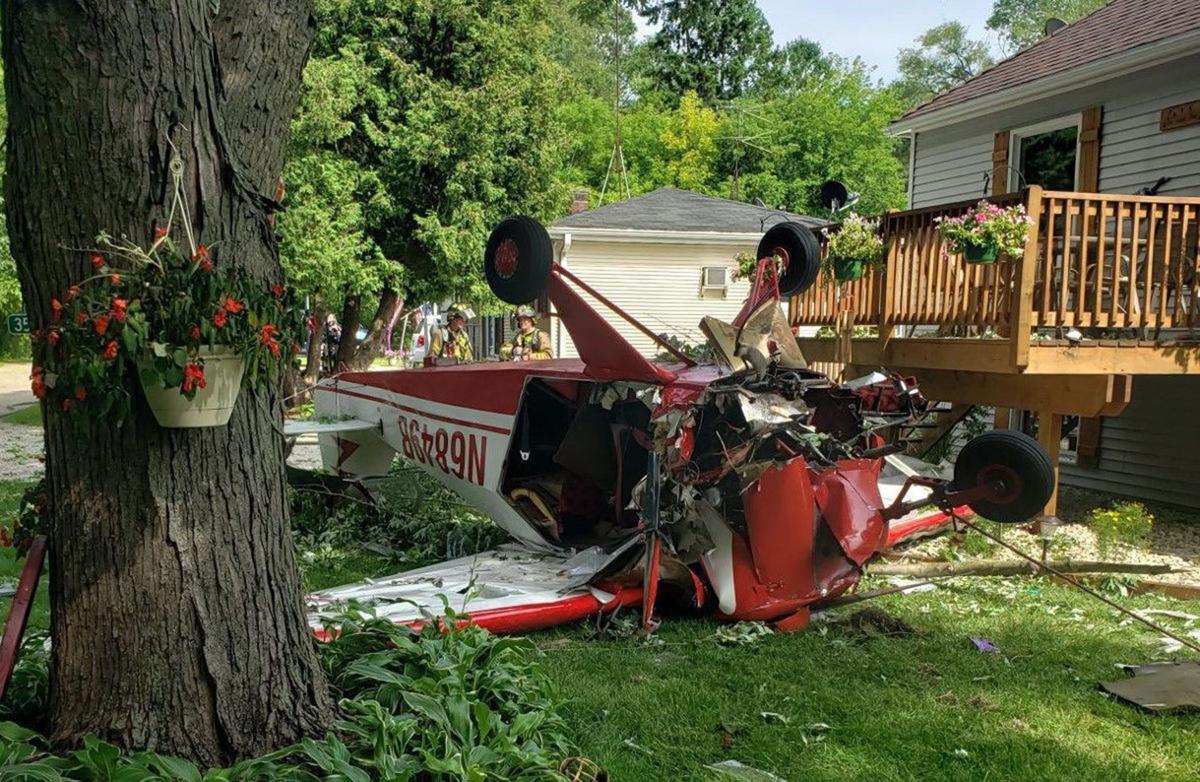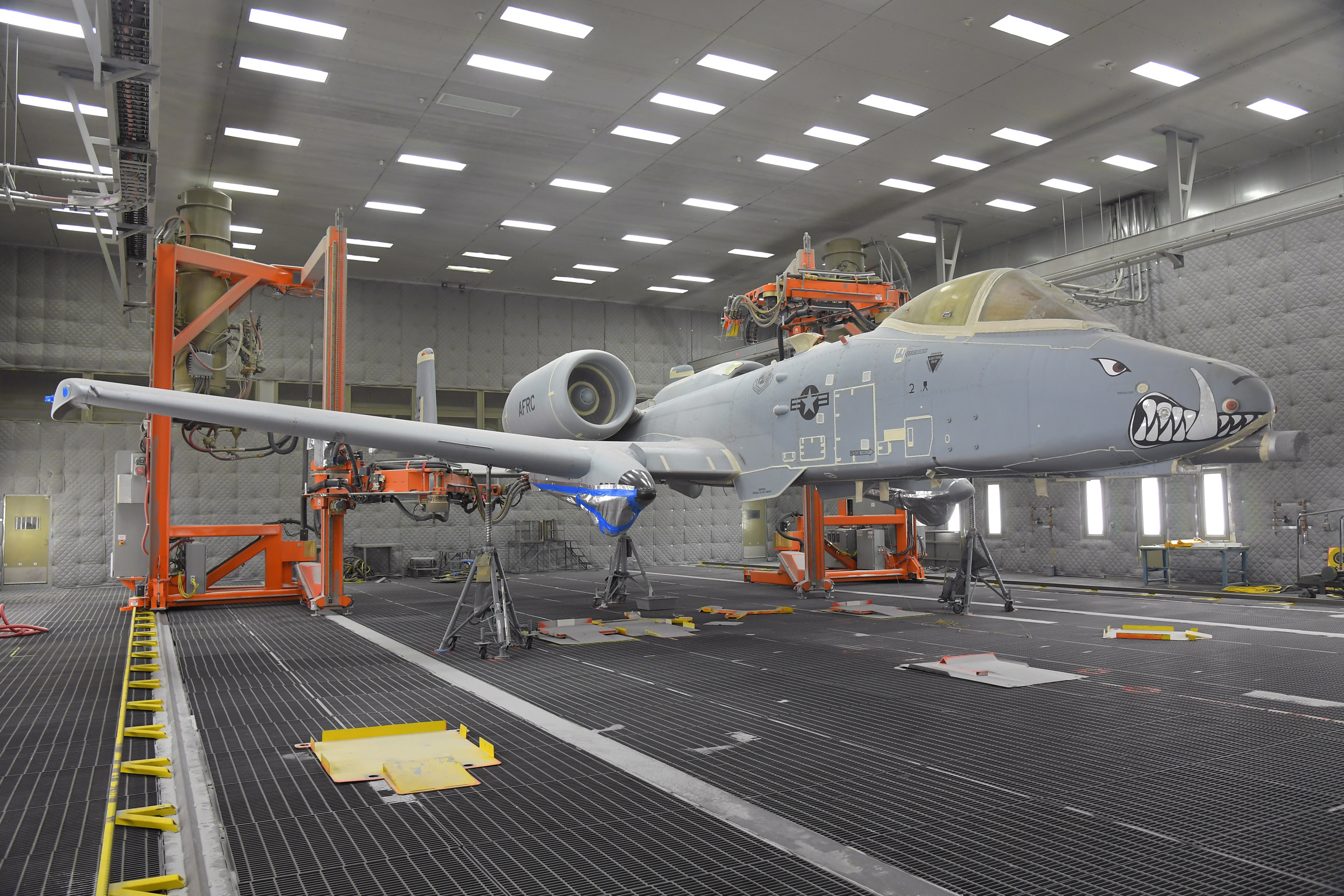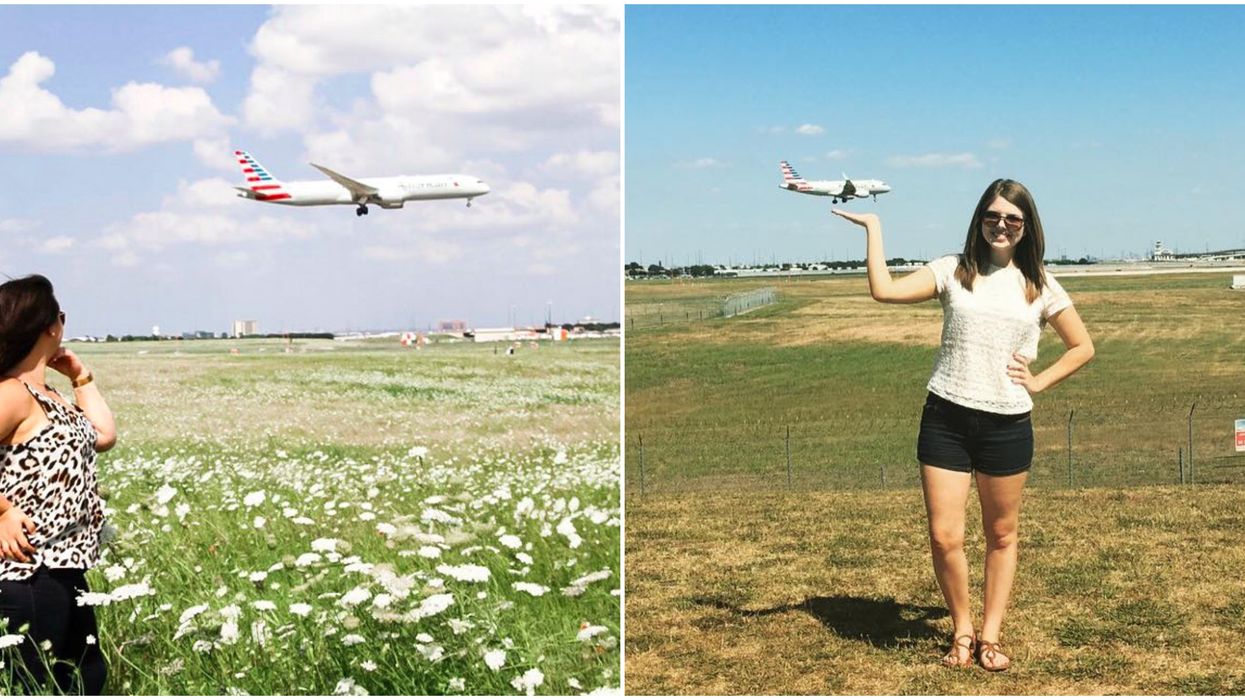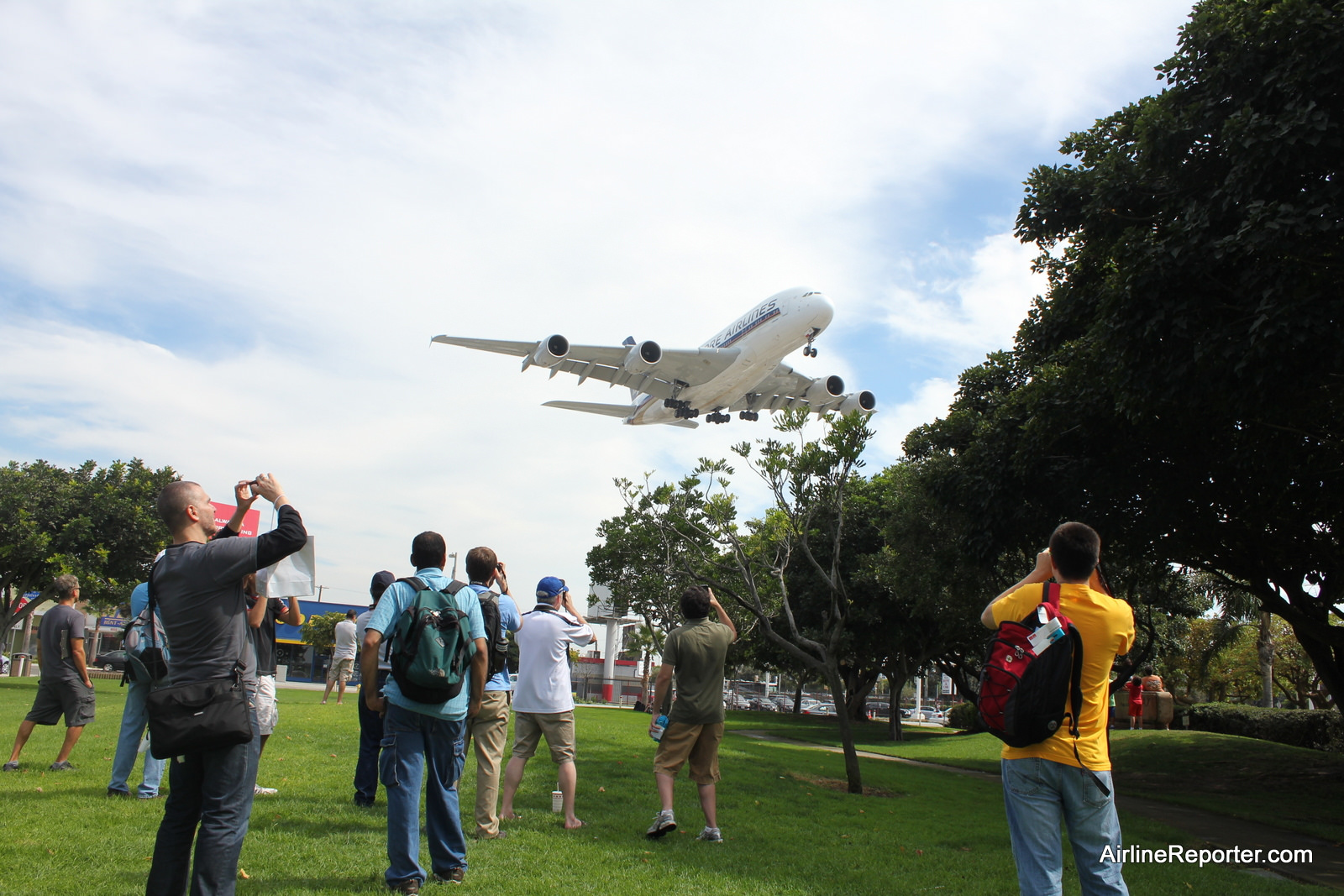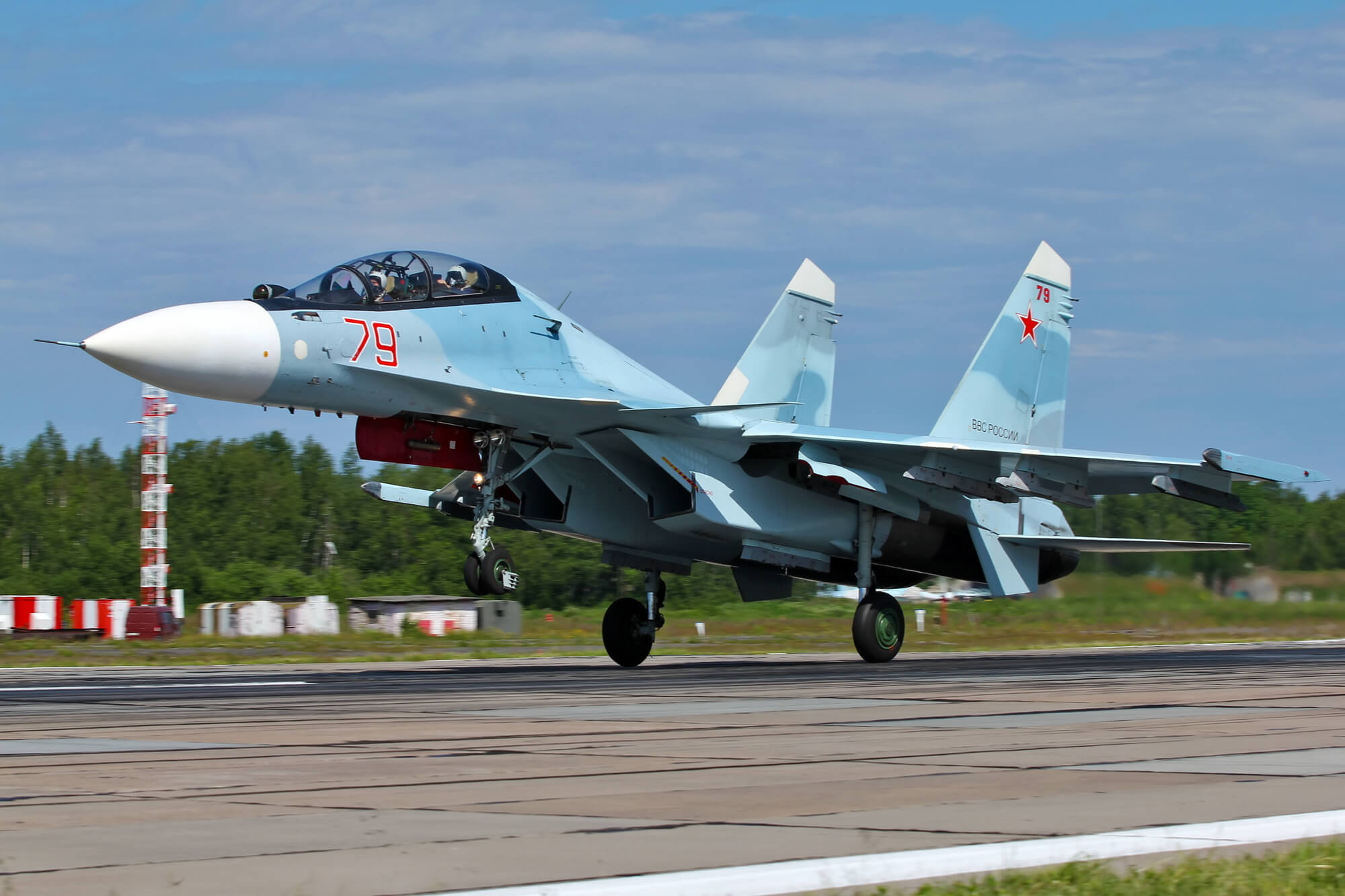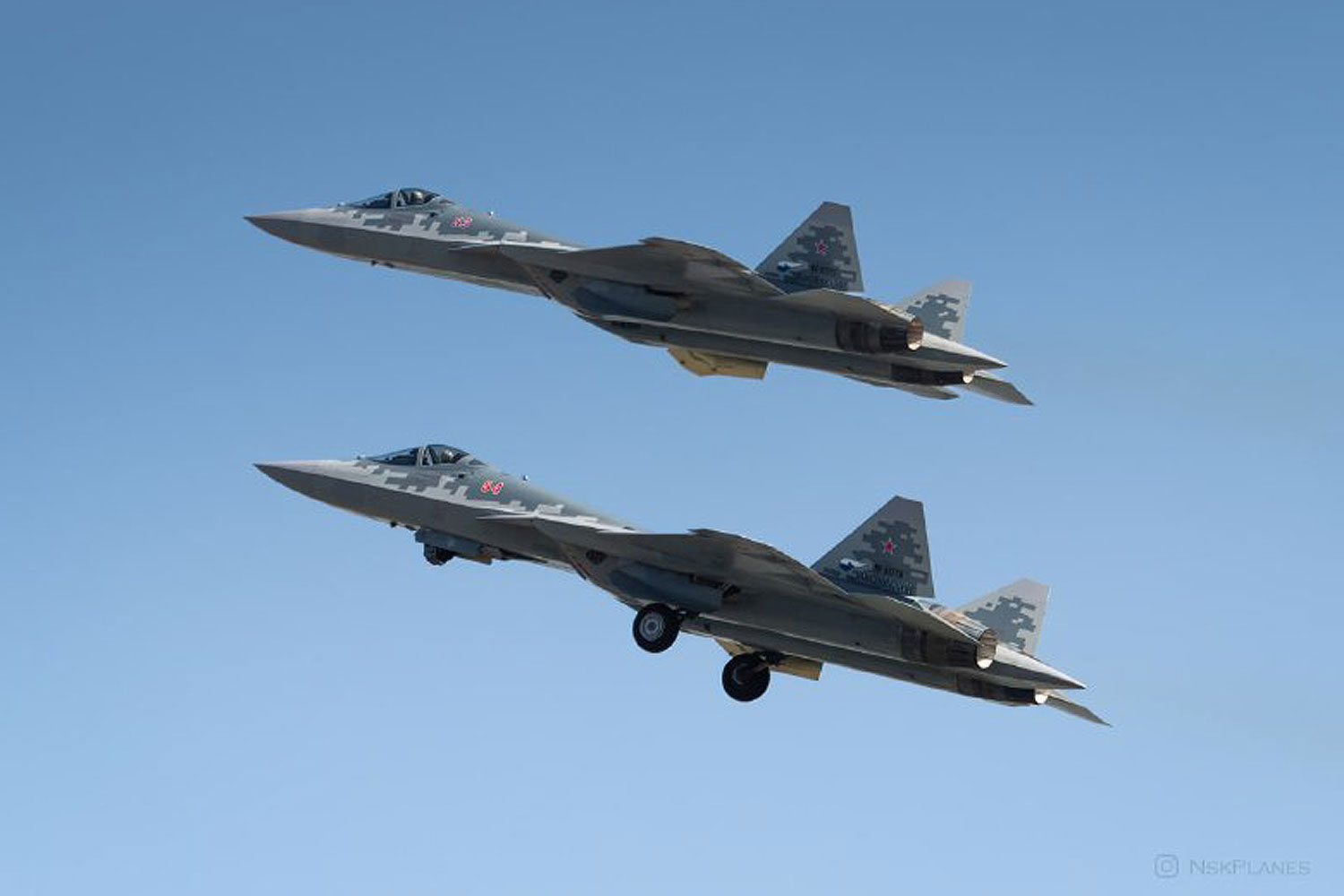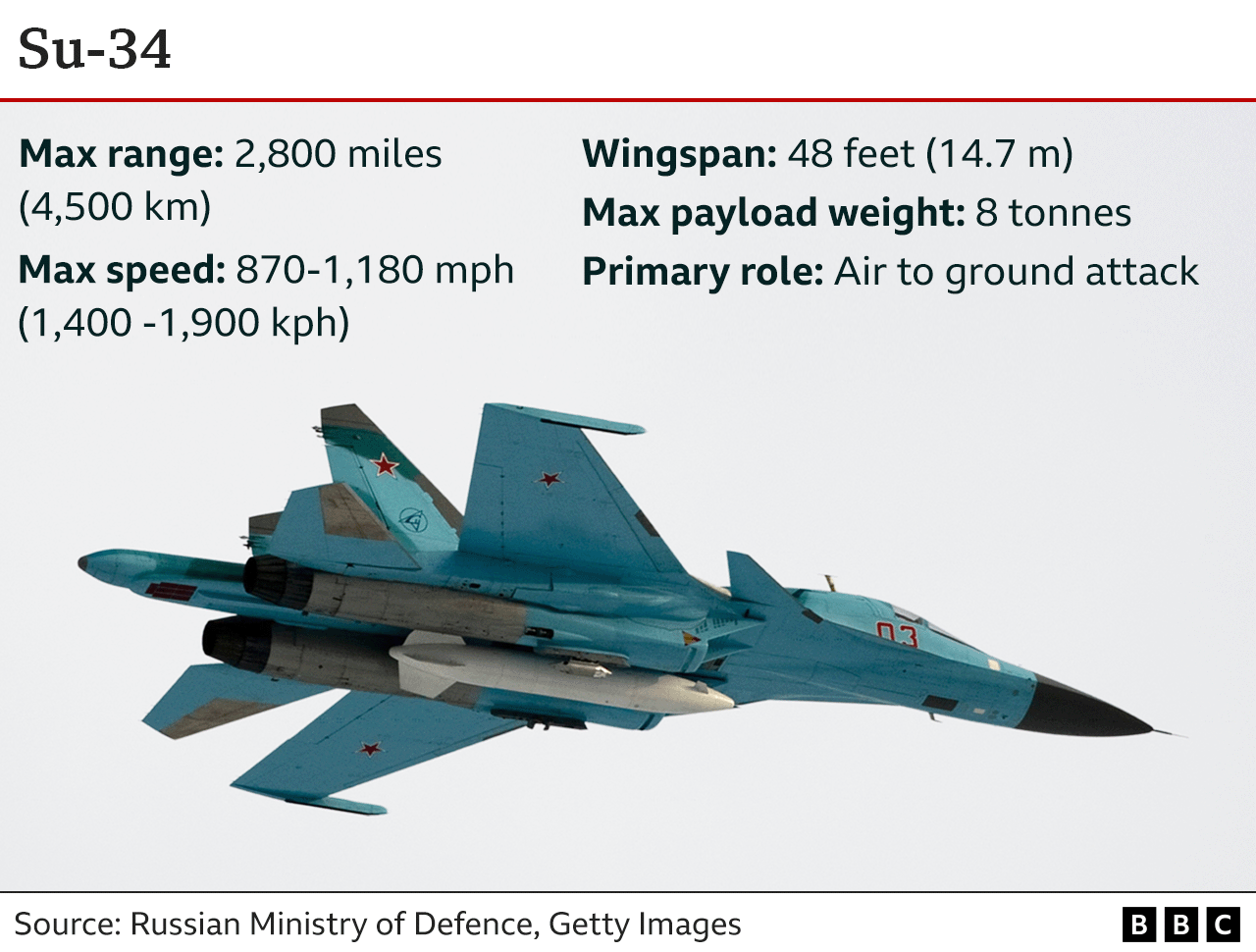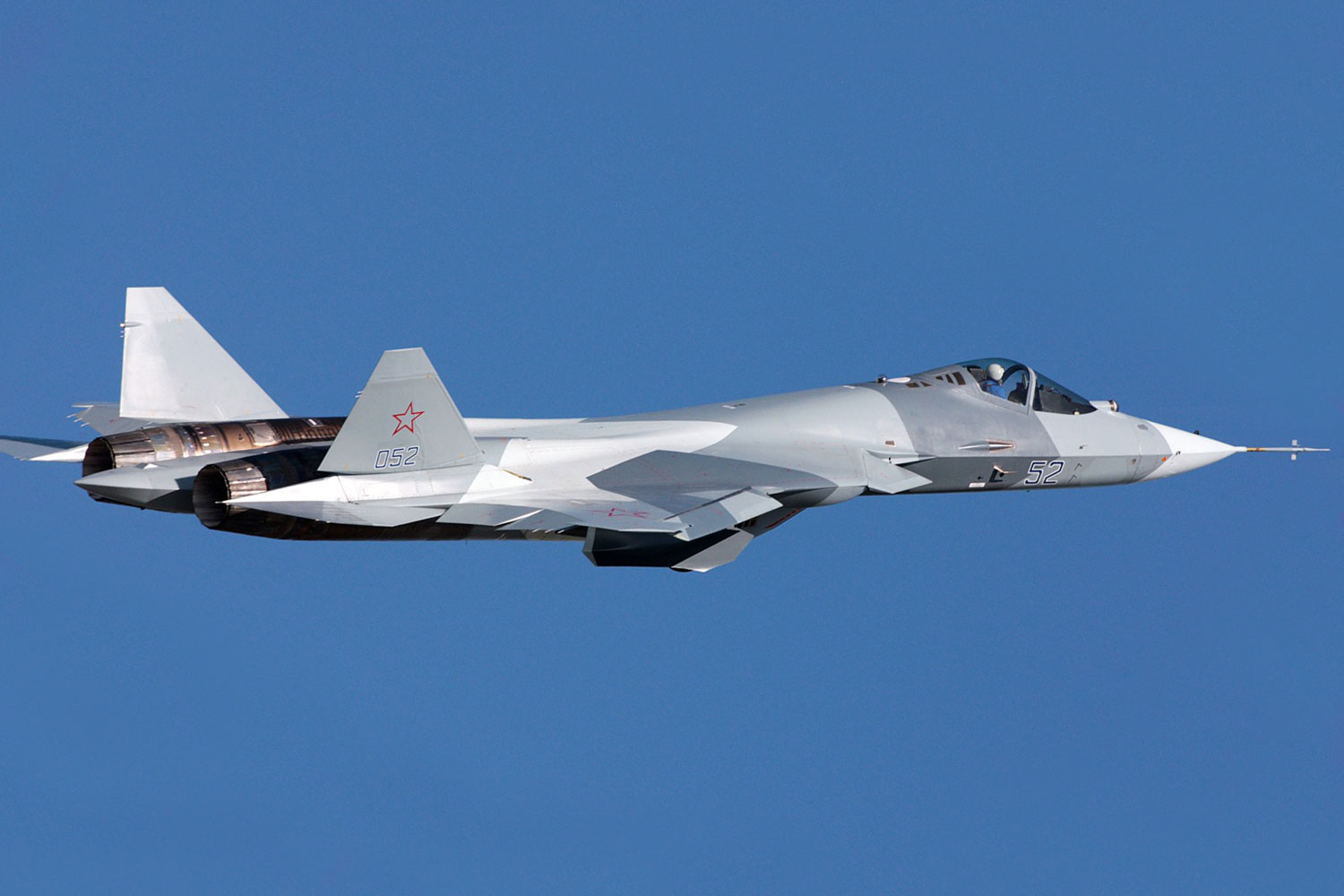What Makes Airplanes Fly - If you've ever wondered how high planes fly and why they need to maintain cruising altitude, you've come to the right place!
If you fly frequently, you hardly pay attention to routine flight steps. The plane takes off and climbs in the first 15 to 20 minutes of the flight. Once the plane reaches cruising altitude, the flight attendants start circling and the pilot can announce that you are free to move around in the cabin (although you still need to leave your phone in airplane mode). Once the descent begins, it's time to fasten your seat belts in anticipation of landing. During this time between climb and descent, the aircraft moves at a constant altitude. But how high do planes fly? And why do they have to stay at a certain altitude? If you've ever asked these questions during those long hours of staring out that little round window, we've got the answers in this fiery piece of airplane trivia!
What Makes Airplanes Fly
The flight altitude of a commercial aircraft depends on the size of the aircraft. But in general, most commercial passenger planes fly between 32,000 and 40,000 feet, or six to seven and a half miles from the ground. Turboprops, which are smaller planes that typically carry a handful of passengers rather than hundreds, fly at a lower altitude of around 25,000 to 30,000 feet. But since these propeller planes are often used for short haul flights, they might be limited to lower altitudes simply because once they reach a higher altitude it's time to start descending.
Funny Pilot I Make Airplanes Fly By Jobeaub
Remember the story of Icarus, the hero of Greek mythology who flew too close to the sun and died when his wings melted? Passenger planes are not at risk of melting if they fly too high, but there are issues with cabin pressure and oxygen that require them to stay below set altitudes. Theodore Kirazis, captain of the Airbus A-320/321 and retired USAF F-15 pilot, explains in non-aeronautical terms:
Commercial airlines need to operate as efficiently as possible to make money, not just charging for inflight Wi-Fi. This makes fuel economy one of the most important factors when planes fly. The short answer, according to Kirazis, is that turbojets burn less fuel because the air density decreases. There are some sophisticated calculations, but essentially the speed and angle at which the aircraft climbs is determined by weather conditions and the size of the aircraft; Larger planes weigh more, in part because they carry so much heavy fuel that it burns as it climbs.
According to Kirazis, an hour of climbing can burn a whopping 10,000 pounds of fuel. And get this: "If a major airline saved just one gallon of gas on each of its flights for an entire year, the cost savings for that item would be over $15 million!"
The higher an airplane flies, the faster it can fly - up to a point. “The less dense air at higher altitudes means that the actual speed at which the aircraft is moving over the ground is much faster than what the airspeed indicator on the aircraft shows pilots in the cockpit,” says Kirazis. That means the plane is making better time than the instruments indicate. But the downside is that extremely cold temperatures will slow the aircraft down. To balance this, pilots find that happy medium between fuel-saving high altitude and the slowing effect of subzero temperatures. In case you're wondering, that's not why it's so cold on planes.
This Is What's Keeping Electric Planes From Taking Off
No one likes to encounter turbulence in flight, but it's more likely to happen during ascent and descent. "A lot of turbulence associated with weather systems can be avoided above 35,000 feet," says Kirazis, which is part of the reason commercial airliners like to climb above storms and stay there. The exception, he says, are thunderstorms, which can reach 50,000 feet in the atmosphere. When this happens, the plane must go through the storm or around it.
For all the scary things that can happen if a plane flies too high, flying too low can be just as dangerous. In addition to flying through bad weather systems at lower altitudes, there is much more general aviation traffic at lower altitudes, including smaller commercial and private aircraft.
Another big risk of flying at low altitude? Shock with encore. "Most double strikes happen during takeoff and landing," says Kirazis. These include 2009's "Miracle on the Hudson" and Captain "Sully" Sullenberger's heroic landing. Flying above 10,000 feet greatly reduces the risk of a bi-air encounter.

Elizabeth Heath is an Italy-based travel and lifestyle writer. Her writings on travel and sustainability have appeared in national and international publications and she is the author of several travel guides. For sister publication FamilyHandyman.com, she writes about pets (especially dogs!), books, seasonal gift guides, home improvements, and outdoor living.
What Is Being Done Right Now To Make Flying Greener?
We no longer support Internet Explorer (IE) as we strive to provide a website experience for browsers that support new web standards and security practices.
What makes paper airplanes fly the farthest, paper airplanes that fly, model airplanes that fly, toy airplanes that fly, what makes paper airplanes fly far, airplanes that fly, bind and fly airplanes, wooden toy airplanes that fly, fly rc airplanes, ready to fly airplanes, ready to fly rc airplanes, what makes paper airplanes fly


